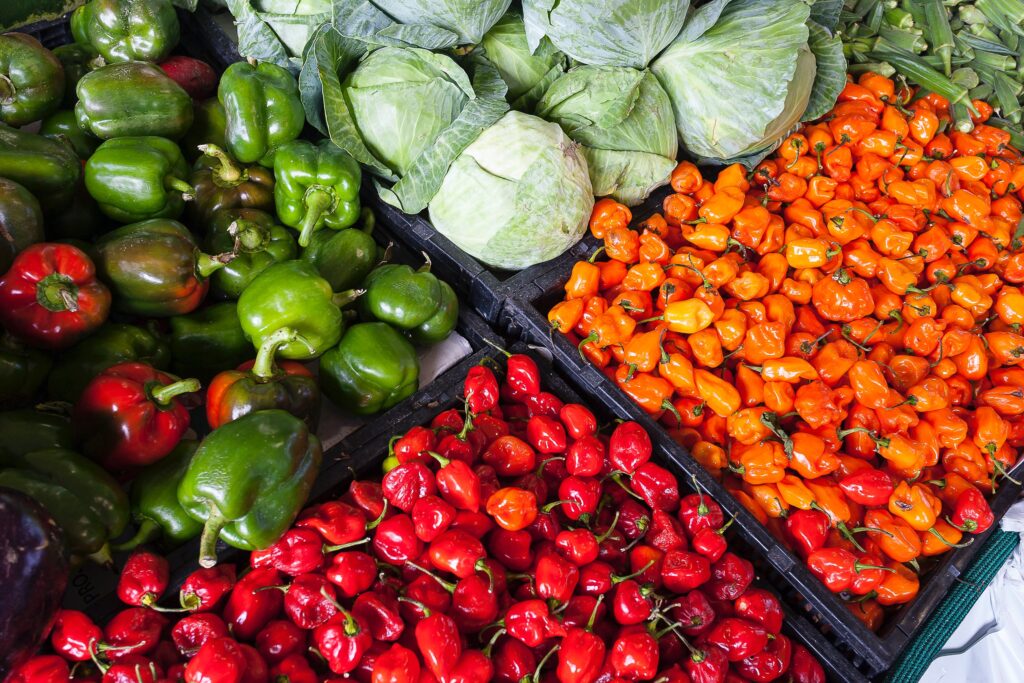Indoor plants not only add aesthetic appeal to a space but also provide numerous benefits such as purifying the air and reducing stress levels. However, caring for indoor plants can be challenging, especially when it comes to watering them properly. This is particularly true for low-light indoor plants that don’t need sunlight, as improper watering can lead to issues like root rot and yellowing leaves. In this comprehensive guide, we’ll explore how to water indoor plants that don’t need sunlight to keep them healthy and thriving.
Understanding Your Indoor Plants Watering Needs
Different indoor plants have different watering requirements, depending on their natural habitat and the type of soil and pot they’re in. Some plants prefer moist soil, while others prefer drier soil. Therefore, it’s essential to understand your plant’s specific watering needs. Factors like pot size and the type of soil used can also affect watering frequency.
Watering Techniques for Low-Light Indoor Plants
It’s crucial to water your low-light indoor plants correctly to prevent issues like overwatering or underwatering. Overwatering can cause root rot and other fungal diseases, while underwatering can cause leaves to turn yellow and eventually fall off. To gauge when your plant needs water, insert a finger into the soil up to the first knuckle. If the soil feels dry, it’s time to water your plant. When watering, use a watering can or a spray bottle and aim for the soil, not the leaves. Be sure to water your plant until water starts to drain out of the pot’s bottom. This ensures that the soil is evenly moist throughout.
Different Types of Water for Indoor Plants
The type of water you use can also affect your low-light indoor plant’s health. Tap water contains chemicals like chlorine and fluoride that can harm sensitive plants. Instead, consider using distilled water, rainwater, or filtered water. These options remove harmful chemicals and minerals that can harm your plants.
Signs of Overwatering and Underwatering
Overwatering and underwatering can have different signs. Signs of overwatering include yellowing leaves, root rot, and a foul smell coming from the soil. Signs of underwatering include dry and crunchy leaves, wilting, and the plant appearing lifeless. If you notice any of these signs, it’s essential to adjust your watering routine accordingly.
Additional Tips for Watering Indoor Plants
To ensure your low-light indoor plants thrive, here are some additional tips to keep in mind. When watering plants with drainage holes, place a saucer underneath the pot to collect excess water. During different seasons, adjust your watering routine to account for changes in humidity and temperature. Additionally, consider incorporating fertilization into your watering routine to ensure your plants receive necessary nutrients.
Watering indoor plants that don’t need sunlight can be challenging, but with the right knowledge and techniques, it can become an easy and rewarding part of plant care. Understanding your plant’s specific watering needs, using the proper watering techniques, and being mindful of the type of water you use are all essential components of proper watering. By following these tips and tricks, you can keep your low-light indoor plants healthy and thriving, improving your space’s aesthetic and air quality.





